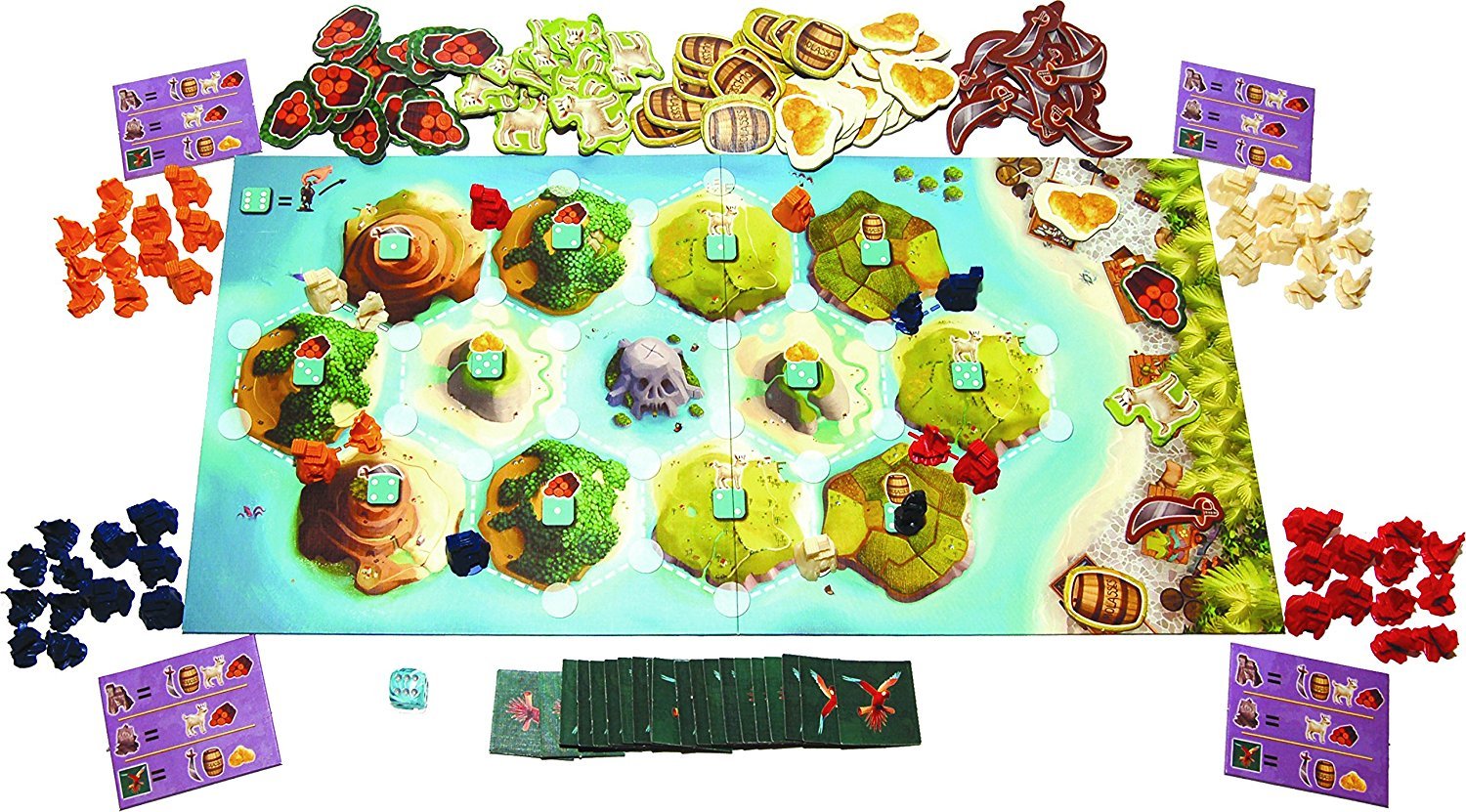
A road can be bought with one wood and one brick resource card.

The only drawback is that sometimes you end up in a game where you have no chance of winning, and that can be less than fun.īuilding: Each person has a building cost card that shows what combination of resources they need for each possible purchase. My family found that the ability to earn resource cards each time the dice are rolled, even when it’s not your turn, kept everyone engaged. This includes expanding roads, building new settlements, converting settlements into cities, and purchasing “development cards” (more on those later). Additionally, whenever a 7 is rolled, players with more than seven resource cards in their hands have to discard half of them (rounded up).Ĭollecting Resources: “Resource cards” display pictures of the coveted resources, which provide the building blocks for everything a player wants to do. It’s placed or moved on the board when the next player rolls 7s or when a “knight” development card (purchased by that player), is played. The robber brings death to the tile it sits on, which means no resources can be collected there until the robber moves. The Robber: When a sum of 7 is rolled, that player gets to place the “Robber Pawn” on any tile. You’ll definitely want to place your settlements near tiles with higher-probability numbers in order to win. The least likely numbers (2 and 12) just have one dot. Five dots and a red-colored number means that it’s one of the most likely numbers to be rolled (both 8 and 6 have this designation). The game also marks the number tokens with the probability that they’ll be rolled using one to five small dots. So, for example, if you placed two cities next to a mountain tile with a 5 on it, you’ll get four ore cards every time a 5 is rolled.

Settlements earn one resource card each and cities earn two. If your settlement is adjacent to that tile, then you earn the resource that it represents. Rolling: Each turn begins with a roll of the two dice whose sum will correspond to the number token on a hexagonal tile. In fact, my teenage son Charlie says that after winning, it’s his favorite part of the game.Ĭatan tends to be competitive until the last point is won (or stolen, depending on your perspective). Overall, we found the setup process easy and enjoyable-similar to putting together a simple puzzle with multiple moving pieces. When my family plays, we try to make the tile selection process as “fair” as possible, evenly distributing the resources as well as the number tokens. Choose well, and you’ll reap the rewards with each roll of the dice choose poorly (or unluckily) and you’ll quickly be cursing those choices. For example, if you choose a spot surrounded only by hills (which gives you brick), then you won’t be able to get the resources necessary to advance your gameplay later on.

You need to strategically place your settlements in spots near a variety of resources on the board.

Once the last player places his or her first settlement, that player gets to then place his or her second road and settlement, followed by the remaining players in reverse order. This creates a unique terrain that looks like a map for each game. The strategy and tactics components come into play during setup: Each player takes turns placing two settlements (little houses) and two roads settlements may be placed anywhere on the board as long as there is no other settlement within one road segment. We often play two games back to back, usually at my insistence, so I can have another (usually fleeting) chance to best my kids. It takes about five minutes to set up the board for each game and then around an hour for each match. The Spruce / Sarah Vanbuskirk Setup: Fun to switch up The Spruce Home Improvement Review Board.


 0 kommentar(er)
0 kommentar(er)
